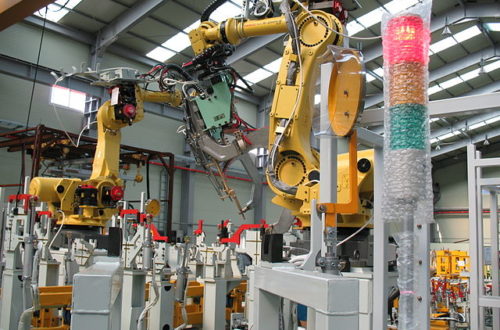The Problems with Business Downtime – How Much Is It Costing You?

During business hours, each minute is valuable as it is likely that it converts into revenue further down the line. Time is money as the phrase goes and essentially any time lost is costly. Given our growing technological dependence, one minor misconfiguration or full-scale system failure can lead to significantly reduced productivity — or worse still, complete business shutdown.
Due to this, preventing any downtime should be high on a business agenda and an appropriate contingency plan should be in place – but do we really understand the damage it can cause?
Key statistics
A damaging 552 man hours are lost in Europe per year due to IT problems. Reportedly, this downtime results in a 37% drop in revenue generation, as the critical tools for business success are made unavailable.
In any business, unplanned downtime is damaging – but does this vary sector to sector? A number of factors can influence this including the number of staff affected, the impact on productivity, how long the downtime lasts for and the cost per employee, per hour.
To put the effects of downtime into perspective, consider the following example. A UK manufacturer has an average annual wage of £29,419 or £15.32 per hour based on a 40-hour working week. Should downtime strike the factory floor, preventing 50 members of staff from doing 50% of their job for five hours, the business would face a loss of £1,915 for just one incident. As the scale of the downtime increases, so does the associated loss, causing a major impact on profits.
In addition to these losses, businesses should also consider their potential revenue loss. If IT systems fail, for example, you could lose out on future sales as a result of unhappy customers. Regardless of sector, this is something all business will need to avoid if they are to continue their success.
Prevention of losses
By acknowledging what is causing your downtime, you can try and get to the root of the problem. Studies have been carried out to establish the most common causes, although results can vary wildly. The overall causes of business downtime include hardware and software failure, human error, the weather and natural disasters, and power cuts.
How should you combat the issue?
Keeping up to date
One way to prevent software failing on you is to ensure that you have the latest version downloaded. Clicking ‘remind me later’ will no longer cut it. Make sure you install all available updates for your software to ensure it can continue performing optimally, minimising the risk of failure.
When systems become out of date they are more prone to failing. As cyber threats continue to evolve and materialise, older systems that may not have the required security capacity become obvious targets. Review your software at timely intervals to ensure it remains fit for purpose and relevant.
Keeping refreshed
If you have noticed that your hardware is not performing as it should, it may need refreshed. Some industries will experience this more than others — for example, in manufacturing, machines and presses will require regular maintenance to ensure they remain functional and efficient.
Implementing preventative maintenance can help resolve these issues by informing you when your software and equipment should be replaced.
Implementing training
Training staff correctly on how to use machinery can prevent breakage. Ensure that all employees are fully aware how to use the technology and software they require for their role to prevent issues like this from arising. Although be aware that human errors can still occur.
Implementing the correct precautions and a training programme can minimise the impact of downtime.
Would you like to receive similar articles by email?





